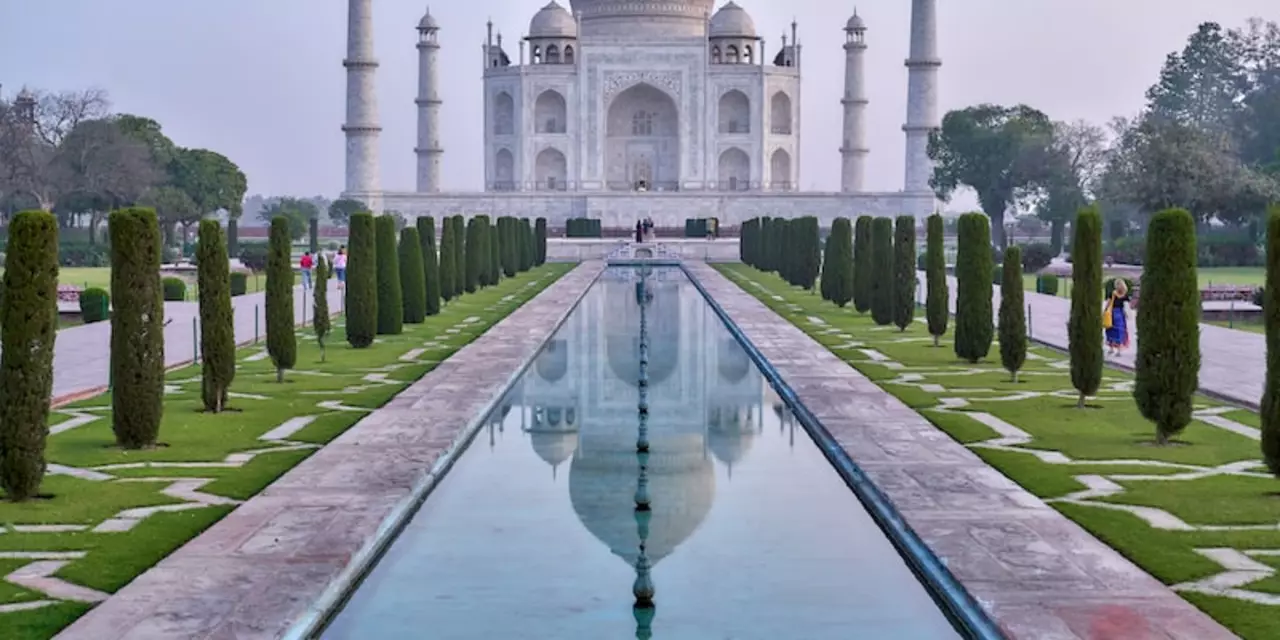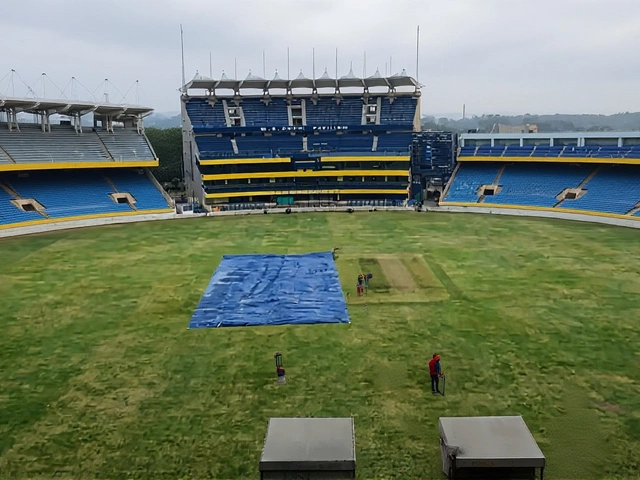Analyzing the Different Reporting Styles of Indian Media Houses
India is a country with a unique and vibrant media landscape. With hundreds of newspapers, television channels, radio stations, and digital platforms, the Indian media is a powerful force in informing and influencing the public. But how do Indian media houses report the same news differently?
To understand the different reporting styles of Indian media houses, it is important to first consider the role of the media in India. The media plays a crucial role in shaping public opinion and providing information to the public. It is also an important platform for voicing opinions and discussing issues of public interest. As such, the media in India plays a vital role in influencing public opinion and shaping public discourse.
The different reporting styles of Indian media houses can be broadly divided into two main categories: traditional and digital. Traditional media houses, such as newspapers and television channels, typically report news in a more straightforward manner, without much analysis or opinion. Digital media houses, such as websites and social media, often take a more analytical approach, incorporating opinion and analysis into their reporting.
Another key difference between traditional and digital media houses is the speed at which they report news. Traditional media houses are often slower to report news, as they have to go through a longer editorial process. Digital media houses, on the other hand, can report news almost instantly. This can be both an advantage and a disadvantage, as it can lead to the spread of false or misleading information.
In addition to these two main categories, some Indian media houses also take a more in-depth approach to reporting news. This can include investigative journalism, opinion pieces, and in-depth analysis of issues. These media houses often employ specialized staff to carry out research and provide more detailed and accurate coverage.
Overall, Indian media houses take different approaches to reporting news. Traditional media houses tend to report news in a straightforward manner, while digital media houses often provide more in-depth analysis and opinion pieces. Some media houses also specialize in investigative journalism and in-depth analysis of issues. The different reporting styles of Indian media houses are shaped by their goals and objectives, as well as their resources and capabilities.
Comparing the News Coverage of Indian Media Houses
The news media is an integral part of India's culture, delivering important updates to the public about world events, political news, and more. With such a large population, there are many different media outlets that report on the same news stories. It can be interesting to compare the ways different media houses report on the same news.
In India, there are many different media houses, including the Times of India, CNN-IBN, NDTV, India Today, and Hindustan Times. Each of these outlets has its own unique reporting style, which can make comparing news coverage interesting. For example, the Times of India is known for its investigative reporting and in-depth analysis, while NDTV focuses more on breaking news stories.
When comparing the news coverage of Indian media houses, it's important to consider the sources of information they use. Each outlet has its own network of reporters and sources, which can often determine the kinds of stories they cover and the angle they take when reporting them. Additionally, the political and cultural bias of each outlet should be taken into account when looking at their coverage of the same news story.
It's also important to consider the different types of media used by Indian media houses when reporting news. Print media is still widely used, with newspapers and magazines providing regular updates on world events and politics. Television news is also popular, with channels like NDTV and CNN-IBN providing both live and on-demand coverage. Finally, the internet has become an increasingly important source of news and information, with websites and social media providing up-to-date coverage of the latest news.
Comparing the news coverage of different Indian media houses can be an enlightening experience. It can provide insight into the different ways news is reported, and can help identify bias in certain outlets. It can also provide an interesting look at the different types of media used in India and how they shape the way news is reported.
Investigating the Similarities and Differences in Indian Media's News Reporting
With the ever-evolving Indian media landscape, it is important to take a closer look at how different media houses report the same news. From print journalism to online news portals, Indian media has evolved in the last decade to encompass a wide range of channels for news consumption.
It is no surprise that different media houses have varying approaches to reporting the same news, and this can be seen in the content they produce and the way they present it. Some media houses focus on providing factual news, while others may highlight opinion pieces more prominently.
When it comes to reporting the same news, there are some similarities among Indian media houses. For example, most news outlets will focus on reporting the facts of the story, while some may place more emphasis on providing analysis and context. Additionally, most outlets will source the same information and data, although they may provide different interpretations of the same facts.
Despite the similarities, there are plenty of differences in the way Indian media houses report the same news. Some outlets may use a more sensational approach to reporting, while others may take a more measured, calm approach. Some outlets may rely on expert opinion more heavily, while others may focus on providing a comprehensive overview of the facts.
The reporting style of different media houses also varies significantly. Some outlets may opt for a more straightforward approach, while others may be more creative in their reporting. Additionally, some outlets may focus on providing a comprehensive overview of the news, while others may focus on providing quick updates.
Overall, it is clear that the Indian media landscape is a diverse one, and this can be seen in the way different media houses report the same news. While there may be some similarities in the way news is reported, there are also plenty of differences that make each outlet unique.
Exploring the Impact of Indian Media's News Reporting on Society
India is a country that is rich in diversity and culture. The Indian media has grown significantly over the past few decades and is now one of the most influential and powerful media houses in the world. It is true that Indian media has the power to shape public opinion and influence society in a number of ways.
It is no surprise that news reporting in India is highly influential. In a world where media houses have different ideologies and interpretations, it is important to look at how different Indian media houses report the same news.
One of the most obvious differences in reporting is the angle of the story. Different media houses may have different perspectives on the same story, which can lead to a variety of interpretations and reactions from the public. Some media houses may take a more sensationalist approach to the news, while others may focus on the facts. This can lead to a variety of reactions from the public, depending on their own personal perspective.
Another difference in reporting is the level of detail that each media house provides. Some may be more detailed in their reporting, providing more information about the story, while others may be more brief. This can also influence the public's reaction to a story, as those who are more detail-oriented may be more likely to take the story seriously, while those who are less detail-oriented may be more likely to dismiss it.
The language used by media houses can also have an effect on the public's interpretation of a story. Some may use more emotive language, while others may be more factual. This can also lead to different reactions from the public, depending on their own personal perspective.
Finally, the tone that media houses take when reporting on a story can also have an effect on the public's reaction. Some may take a more serious tone, while others may take a more light-hearted one. This can lead to different interpretations of the story, depending on the public's own personal perspective.
Overall, it is clear that different Indian media houses report the same news in different ways. This can lead to varied reactions from the public, depending on their own personal perspective. It is important to consider how different media houses report the same news, as this can have a significant impact on society.
Examining the Pros and Cons of Different Indian Media Houses' News Reporting
India has an abundance of media houses, both in print and online, which means the news is reported from all angles and perspectives. But does that mean all news is reported objectively, or do some media houses have a bias? Let's examine the pros and cons of different Indian media houses' news reporting.
Pros
The primary benefit of having multiple media houses reporting on the news is that it allows for coverage of the same news story from different angles. This can provide a more informed picture of an event or situation, as each media house may have a slightly different take on the facts. This can lead to a more balanced and informed picture of events.
Another advantage of having multiple media houses is that it can help to reduce the power of ‘fake news’. With more than one outlet providing coverage of an event, it allows for more varied and reliable sources to be used for fact-checking, thus making it harder for false information to spread.
Cons
The main downside to having different Indian media houses reporting the same news is that it can lead to a lot of bias and distortion in the reporting. This is because each media house has its own agenda and will often report the news in a way that serves their interests. This can lead to a lack of objectivity and accuracy in the news.
Another major issue with multiple media houses is that it can lead to an ‘echo chamber’ effect. This is when the same news is reported in the same way by all outlets, leading to a lack of diversity in the reporting. This can lead to a lack of understanding of the whole story and make it harder to get a balanced picture of events.
Conclusion
Having multiple Indian media houses reporting the same news can be both a blessing and a curse. On one hand, it allows for a more informed and balanced picture of an event, but on the other, it can lead to bias and distortion in the reporting. Ultimately, it is up to the reader to decide which source to trust, as each media house has its own agenda and will report the news in a way that serves their interests.





